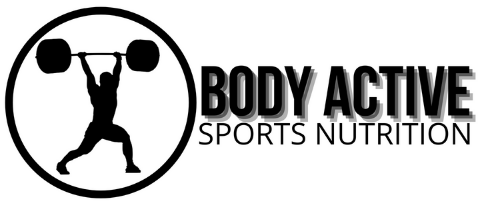In the quest for effective weight management and a revved-up metabolism, understanding the concept of the thermic effect of food (TEF) can be immensely beneficial. TEF refers to the energy the body uses to digest, absorb, and process nutrients from the foods we eat. Notably, some foods and spices have a higher thermic effect. These require more energy to metabolize, which can aid in calorie burning and boost your metabolic rate. With that in mind, let’s explore some foods and spices that help you maximize your calorie burn:
Thermic Effect of Food by Category
| Food/Spice | Category | Estimated Thermic Effect (% of calories) | Bonus Benefits |
|---|
| Lean Proteins | Protein | 20–30% | Muscle repair, satiety |
| Whole Grains | Carbohydrates | 5–10% | Fiber, sustained energy |
| Chili Peppers | Spice | Small but noticeable | Increases fat oxidation |
| Green Tea | Beverage | Small but cumulative | Antioxidants, fat oxidation |
| Ginger | Spice | Modest | Anti-inflammatory, digestion aid |
| Coffee | Beverage (Caffeine) | Small to moderate | Energy boost, fat mobilization |
| Cinnamon | Spice | Modest | Blood sugar control, metabolism boost |
1. Lean Proteins
Protein-rich foods are well-known for their high thermic effect. These include lean meats like chicken and turkey, fish such as salmon and tuna, eggs, and plant-based sources like legumes and tofu. The body uses more energy to digest and metabolize protein compared to fats and carbohydrates. As a result, protein plays a key role in boosting your metabolism.
2. Whole Grains
Complex carbohydrates in whole grains—such as oats, quinoa, brown rice, and whole wheat products—also contribute to a higher thermic effect. Their fiber-rich content and complex structure demand more energy during digestion. Consequently, they help sustain an increased metabolic rate.
3. Chili Peppers
Spicy foods containing capsaicin—like chili peppers, jalapeños, and cayenne—can temporarily elevate your metabolism. Capsaicin activates the nervous system and raises the body’s heat production. This process increases the thermic effect and may promote fat oxidation.
4. Green Tea
Green tea isn’t just a soothing drink—it’s also a metabolism-boosting powerhouse. It contains catechins, especially epigallocatechin gallate (EGCG), which help enhance fat oxidation and energy expenditure. By drinking green tea regularly, you can support a higher thermic effect and assist your weight management goals.
5. Ginger
Ginger is a versatile spice valued for its digestive benefits and ability to increase thermogenesis. It contains gingerol and shogaol, compounds that stimulate metabolism and encourage calorie burning. You can add fresh ginger to meals or enjoy it as a tea to reap these benefits.
6. Coffee
Coffee, thanks to its caffeine content, helps boost metabolism and promote thermogenesis. Caffeine activates the central nervous system, which increases both energy use and fat burning. Still, it’s important to consume coffee in moderation to avoid unwanted side effects from too much caffeine.
7. Cinnamon
Cinnamon offers more than just flavor—it may also support your metabolism. It contains compounds that improve insulin sensitivity and help regulate blood sugar. As a result, it may contribute to a higher thermic effect and support healthy weight management.
Final Thoughts
Including these foods and spices in your meals can help you maximize calorie burn and support a healthier metabolism. However, individual results can vary. To achieve lasting weight management, you should also focus on maintaining a balanced diet, staying physically active, and getting adequate sleep. By making informed dietary choices and embracing high-TEF foods, you can boost your body’s calorie-burning potential, maximize calorie burn, and move closer to your health and fitness goals.
Frequently Asked Questions (FAQ)
TEF refers to the amount of energy your body uses to digest, absorb, and process nutrients from food. Certain foods require more energy to metabolize, which can slightly boost your calorie burn.
Protein has the highest thermic effect, requiring about 20–30% of its calories to be used during digestion and metabolism. This makes it the most effective macronutrient for boosting metabolism.
Yes, spicy foods containing capsaicin (like chili peppers) can temporarily increase your metabolic rate. This effect is usually modest but can add up when combined with other metabolic boosters.
For best results, include a variety of high-TEF foods—such as lean proteins, whole grains, and metabolism-enhancing spices—regularly in your meals. Consistency over time is key.
No, thermic foods alone won’t lead to significant weight loss. While they can support metabolism, sustainable weight management requires a balanced diet, regular exercise, and healthy lifestyle habits.

